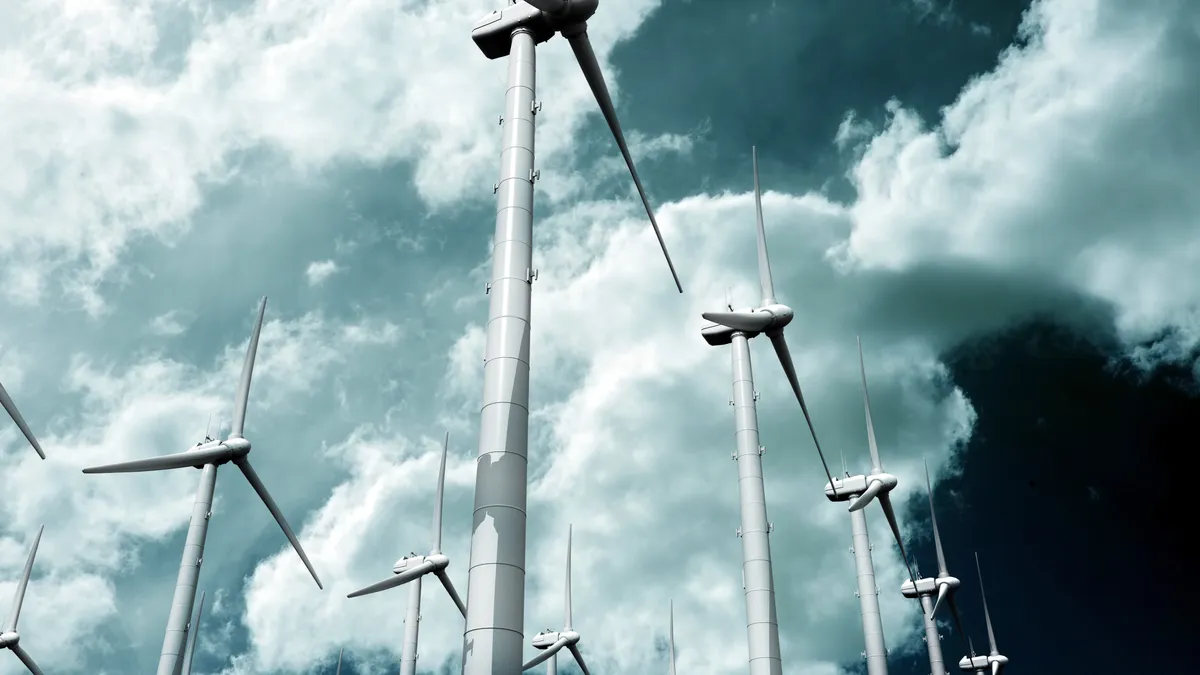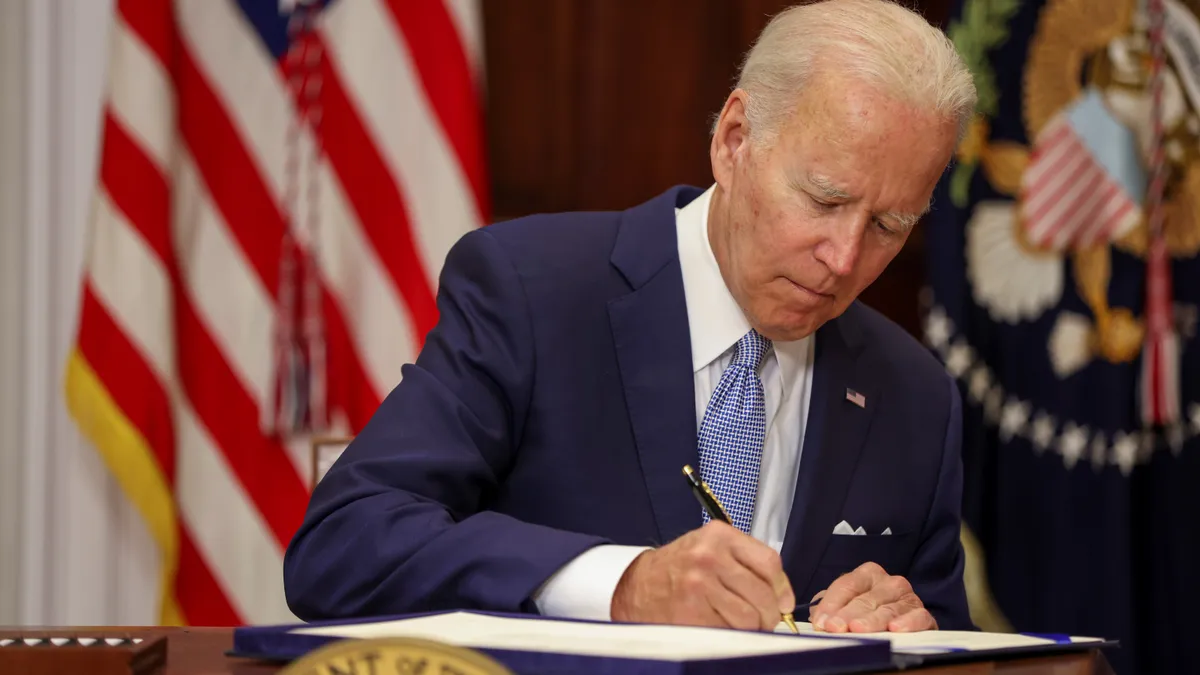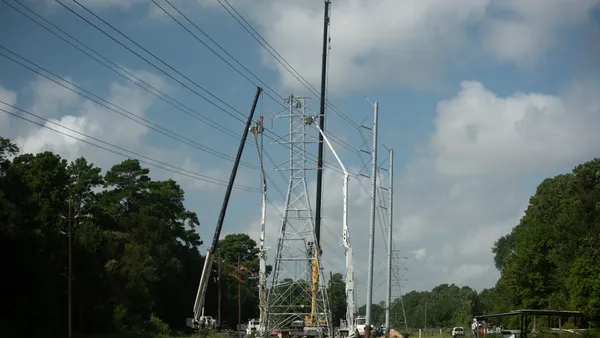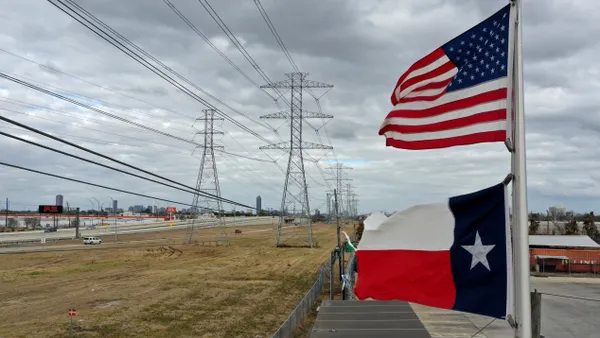Dive Brief:
- Alliant Energy last week filed with the Iowa Utilities Board for authority to construct 500 MW of wind energy in the state, adding on to a similar project announced last year.
- The company is hoping to receive approval by January, with the total project coming online by the end of 2020.
- Last year, regulators approved Alliant's first $1 billion, 500 MW wind expansion. The utility wants to reduce the carbon dioxide emissions of its fleet by 40% by 2030.
Dive Insight:
By the end of 2020, Alliant will have added about 1 GW of wind power in Iowa, with an investment totaling about $1.8 billion. The clean energy push could power 430,000 homes each year.
New technologies and tax incentives "have helped drive down the cost of wind, making it competitive with other sources of energy," the company said in a statement. Technology advances have increased power output, and taller wind turbines can now capture wind at higher elevations. Also, Alliant said turbines and construction costs continue to decrease as the wind market continues to grow.
In addition to helping Alliant meet its emissions goals, the company said each of the wind projects would provide enough renewable energy to power 215,000 homes per year, and would generate hundreds of construction jobs, tens of millions in property taxes, and million of dollars in landowner lease payments.
Alliant's five-year plan calls for expanding its Whispering Willow Wind Farm in Franklin County, along with additional capacity being considered for other locations.
“Wind has no fuel costs and zero emissions, making it a win-win for Iowans and the Iowa economy," IPL President Doug Kopp said in a statement announcing the initial wind project.
The company says it is imperative for regulators to move quickly. "Tax incentives are only available for a limited period. If we don’t move forward today, we will miss an opportunity to provide our customers with the net benefits that result from investing in wind," the company explained.
The federal wind production tax credit is set to phase out in 2019. A bipartisan pair of Senators, however, is pushing to create an offshore-specific credit.
















